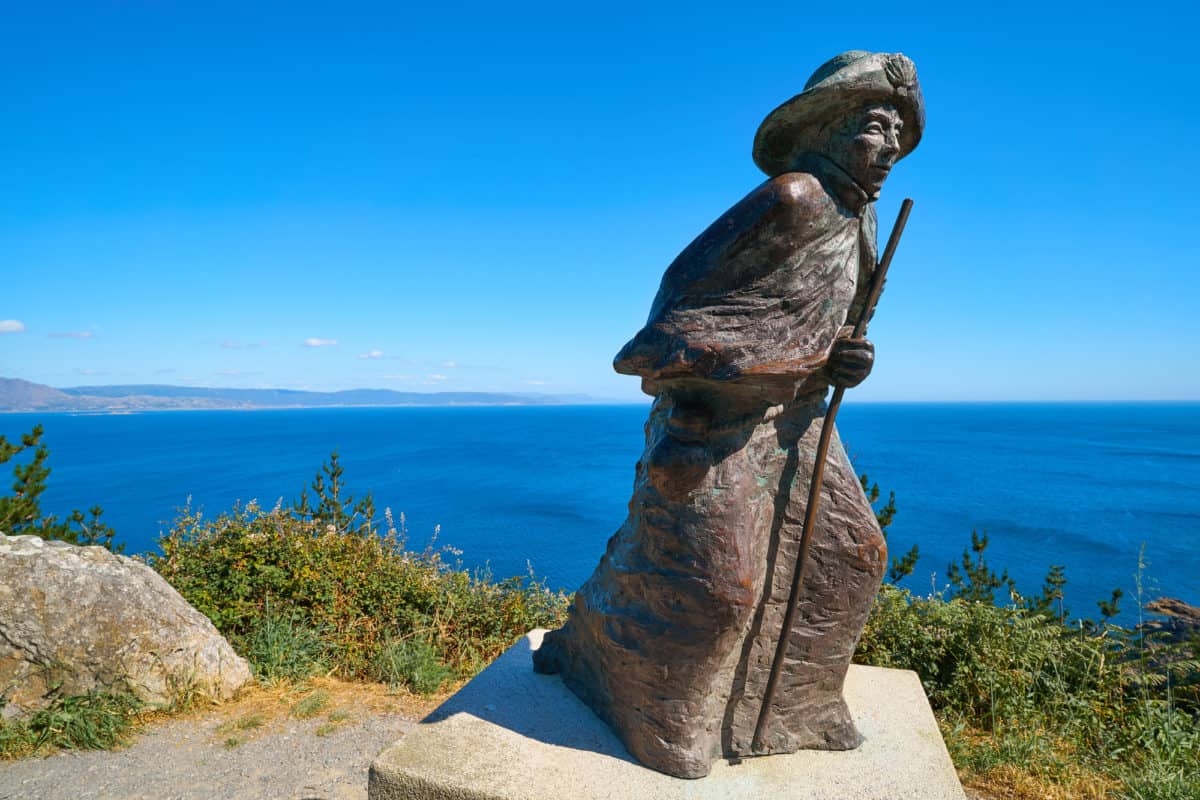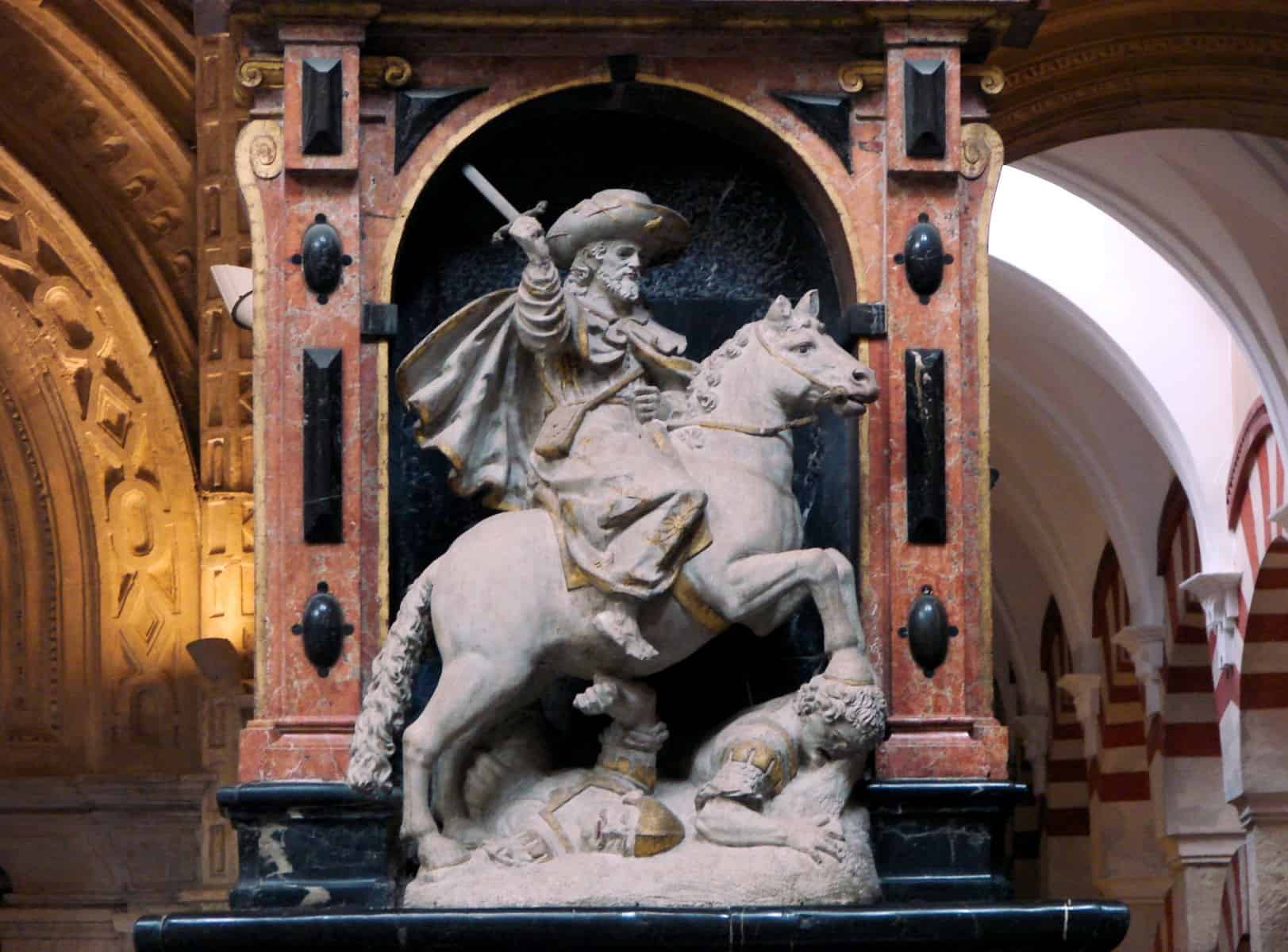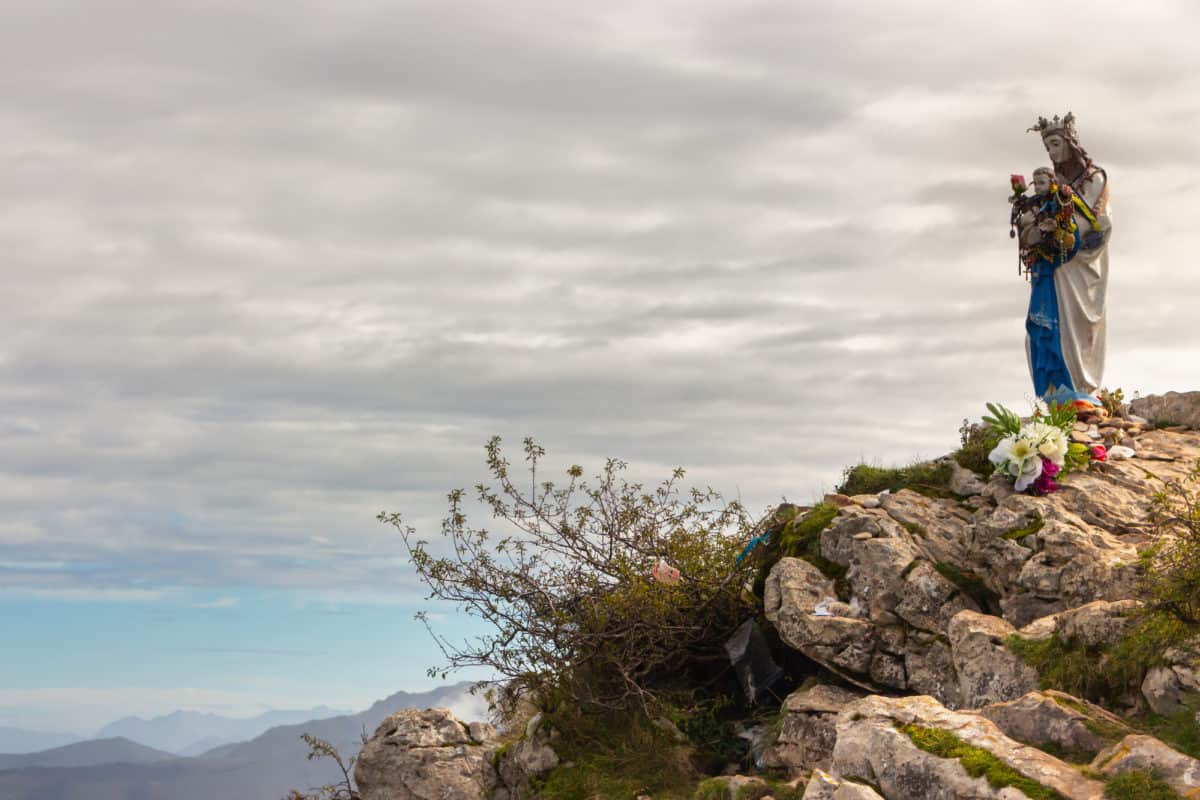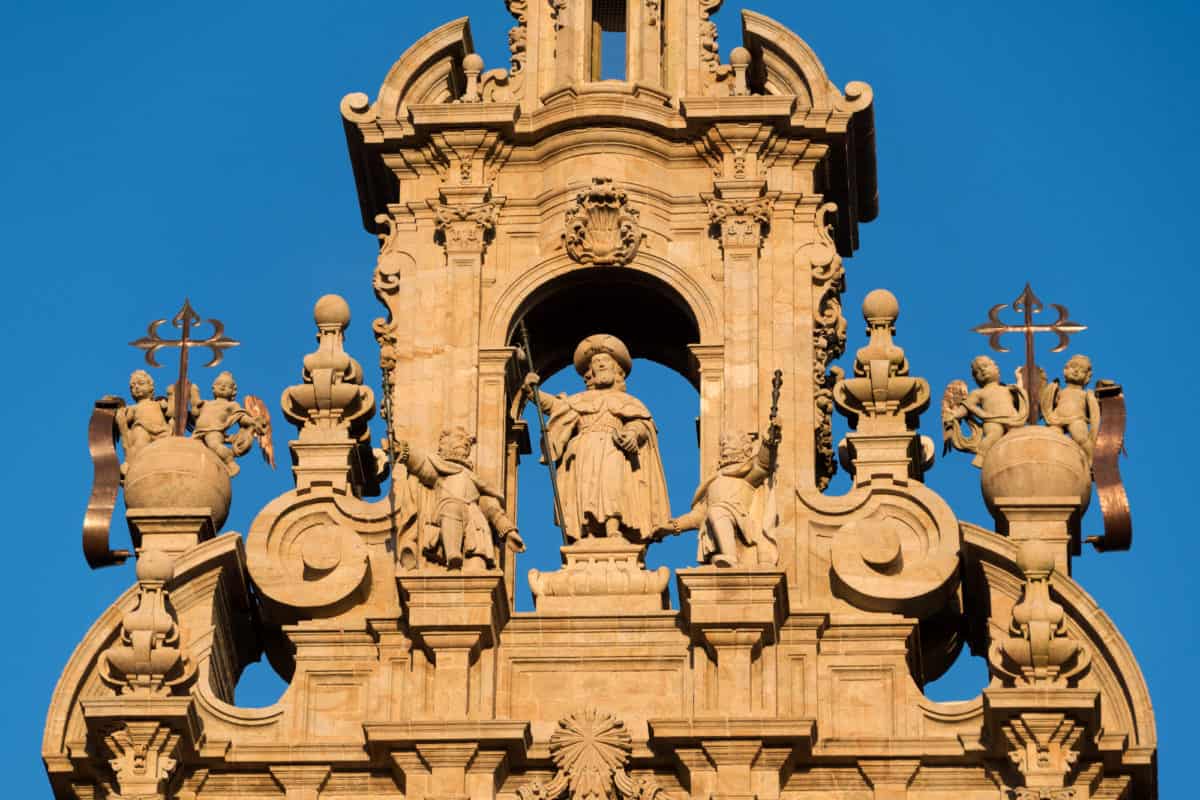The name Santiago might not sound common to a lot of people. It is, therefore, rare for a lot of people to tell who Santiago was. Santiago was one of the first disciples of Jesus to die. In the bible, Santiago is referred to as James. James is the most common name used by most people to recognize the disciple. The name James was derived from a Latin name known as Lacobus. Santiago is the reason why the Camino de Santiago exists.
The name Lacobus led to the development of other names such as Tiago, Lago, and Santiago (James). Santiago was the son of Zebedee and marked the first disciple of Jesus to shed blood. He was also known as James the Greater. Santiago was born into a family of fishermen. He was the brother to John the Evangelist. The two brothers were also nicknamed as the Boanerges, which means the sons of thunder. The name resulted from the men’s tempers.
History of Santiago

James was born in a family of fishermen, and it is through this activity that he met Jesus and became one of his disciples. He went out fishing with his brother and never caught any fish for hours. Jesus found them and pursued them to become fishers of men instead of fish. Since then, James became a disciple of Jesus and witnessed some of the historical actions of Jesus. Santiago (James) was one of the closest disciples to Jesus. Read more about Santiago de Compostela)
He was present during the transfiguration on Mount Tabor. This event marks an important step in the life of Jesus Christ. Due to its popularity among people, it becomes easy to remembers Santiago as one of Jesus’s disciples. Santiago was also present when Jesus performed his last miracle. He also witnessed Jesus’ resurrection and apparition on the shore of Lake Tiberias.
Following the death of Jesus Christ, Santiago became one of the people that formed the Church of Jerusalem. He was passionate and dedicated to spreading the word of God as taught to them by Jesus Christ. Santiago had done a great task based on the medieval tradition, and he deserved to be awarded. The disciple was awarded the Spanish mainland in the northwest region.
During that time, the region was known as Gallaecia. Some individuals believe that Santiago came to the lands through the coast of Portugal. Other people believe that Santiago passed through the peninsular and the Cartagena. These are just theories, and it remains unclear about the particular path that the disciple took to reach the northwest region. It is also believed that he passed through the Ebro valley and the Roman Cantabrian road. The common ground is that people are aware of Santiago’s journey and believe that at some point, he made it to the northwest region.
Santiago went through various events that led him to return to Jerusalem and join the other disciples of Jesus. Among such events is taking the apostolic men who had been ordained by St. Peters bishops in Rome. The men had received a mission to spread God’s word in Hispania. The apocryphal text suggests that Santiago went back to Jerusalem to be with the other disciples be a company to the virgin as he awaited his death.
Back in Jerusalem. Santiago was tortured under the orders of Herod Agrippa 1 in the 42nd year. Herod Agrippa 1 was the King of Judea at that period. It allegedly claimed that before his death, Jesus visited Mary. He ordered that apostles should surround Santiago before he died. At that time, the apostles were dispersed in different parts of the world. Mary miraculously informed the other disciples, and Jesus’s wish on the death of Santiago was fulfilled.
The event is marked in today’s world in the Basilica of Our Lady of Pilar. During that event, the virgin appeared on a pillar in Zaragoza to the seven men and Santiago. Such an event is historical to the Christian faith since it forms a basis for the myth of appointing saints. Santiago’s death was accompanied by miracles, an act that is not common to human beings. Such miracles are an indication of his closeness to God.
Santiago (St. James) body was moved by boat to Galicia through the port of Iria Flavia. The port is currently known as Padron. The seven disciples tied Santiago’s body with a rock and sank it to form a holy Sarcophagus. After this event, the seven disciples visited Queen Lupa to ask for land to bury Santiago’s body. However, the queen accused them of having committed a sin and sent them to King Duyo’s court, who was famously known for his hate towards Christianity.
The King imprisoned the disciples for having committed the sin of arrogance. Various miraculous events followed the disciple’s imprisonment. As a result, the queen was amazed and offered land where the disciple’s body was buried. She also ordered the demolition of the centers that were used for Celtic worship and converted to Christianity. Currently, Santiago was buried in the same location where the Cathedral of Santiago has been built. After the seven men’s imprisonment, a bright light freed them from jail, and a miracle killed all the soldiers that were running to bring back the disciples. As well, the oxen used to transport Santiago’s body turned into wild bulls. Such events compelled the queen to believe in Christianity and provide a place for burying St James.
Santiago is Appointed a Saint
According to the catholic tradition, the process of becoming a saint is often mysterious. The events that contribute to an individual being named as a saint are beyond human control. Therefore, once an individual has died, the catholic believers have to wait for a sign before naming that person a saint. Once the signs have occurred, enough evidence has to be presented to the church officials to show that the person in question has a virtuous life.
The church considers the signs as miracles from God, proving that the individual had faith in God’s word. The process might take years, and since the beginning of the church, the catholic church has appointed various individuals as a saint. The tradition is still being practiced in today’s world. In the case of Santiago, he was named St. James many centuries after his death.
The signs from God occurred in the year 813. Paio alerted the bishop of Iria Flavia about the signs that were occurring in the area where Santiago was buried. A bright star was seen on Mount Libredon. On an oak tree’s foot, there was an altar that had three monuments. In one of the monuments, there was a decapitated body. The head of the Santiago was found under his arm. Next to the body was a sign that was written that there lied James, the son of Zebedee and Salome. Through divine revelation, the bishop attributed the skeletal remains to Santiago. He has then appointed a saint and a church built in his owner. The news about the Holy Galician spread fast in Europe, and Apostle Santiago became a great symbol of the Spanish Reconquista.
The Myth of Appointing Saints
The story behind Santiago becoming a saint has various gaps that people don’t seem to fill over time. For instance, the body’s remains have raised heated debates as to whether they belonged to the disciple. Before the technology has developed enough to prove that they belong to Santiago, skeletal remains can be identified. Therefore, there is a possibility that the remains did not belong to the apostle.
Archeological reports indicate that Compostela used to be a burial site before Christianity. Such reports could mean that the skeletal remains could have belonged to any other person that had been buried in that location. Such makes the issue of appointing Santiago as a saint a magical story rather than a historical accuracy. Scientific tests were not done to prove that the remains belonged to St. James.
The remains are currently guarded in the Cathedral of Santiago de Compostela. Some researchers have attributed the skeletal remains to Priciliano of Avila. Such critics raise the question about the accuracy of the catholic believers’ mythical tradition in appointing saints. It questions the signs’ reliability considered to be God’s way of showing that an individual lived a righteous life. In the XVI century, Santiago’s alleged skeletons had to be hidden to prevent them from being stolen by pirates.
The skeletal remains where believed to have been lost or misplaced. However, in 1884, Pope Leo XIII came up with the second findings of Santiago remains. The findings act as evidence to catholic believers’ practice in which they appoint people to become saints long after their death. Through the myth of appointing saints, Santiago’s memory has been preserved among believers for many years. It is through the same tradition that the other disciples of Jesus were named to be Saints.
Related: What to do in Santiago de Compostela
Their memories and existence are honored today by the Christian faith. Structures have also been built in their honor. The catholic faith about saints indicates that a saint is an individual who had a particular closeness to God. In the current world, catholic believers believe that saints can intervene for them to God. There are different prayers addressed to the saints as a way of seeking intervention to God. St. James is one of the most common saints that the catholic believers pray to. Santiago, the son of Zebedee and Salome, remains an important part of Christianity’s history. He is a representation of the teachings of testaments that Christians believe in.

I love hiking, backpacking, and camping. From the Camino de Santiago to the West Highland Way in Scotland or simply a great day hike on the weekend. Hiking refreshes me, my mind, and keeps my body reasonably fit. So far I have walked three Camino routes and many other long distance hikes in the UK, Canada, and around the rest of Europe. One of the best was my hike up Ben Nevis.




Excellent read. Thank you Leslie for the details. Buen Camino.
Santiago Mayor is also know as St. Jacques and there are the remains of a church (the Tor St Jacques )in Paris.I believe it was the original start of the “French Route”
Abrazos a Todos
Jacques Armand Isaacson
Thank you for this wonderful detailed read on the life of St James ..truly inspiring to want to walk soon ..FYI we have a wonderful series you may enjoy being filmed in Utath ..call the Chosen on the life of Christ ..very inspiring also ..you can watch it on you tube or facebook . 💖😊✨😇💒
Hi Leslie,
Just pointing out a few name spellings that I thought are the correct ones: Iago and Iacobus. Its ‘I’ not ‘L’ as in your article. So Iago when beoming a saint is called Sant-Iago. And the jewish name I think is spelled Jakob (pronounced Yakob) which became greek Jacobus or Iacobus. When translated to English it got pronounced as Jacob and became James. That is why there are names like Jacobean as in Jacobean rebels who were sympathizers for the ill fated Scottish Prince James.
Thank you for your great article.
Buen Camino.
My first name is Jacques. When I received my Pilgrims Certificate in 1993 “el ano santo” My first name is spelled as Iacobum. A great article about Santiago Mayor.
Abrazos a Todos
JAI